
A tall and splendid Celtic cross, usually the mark of someone of Irish heritage. There is an Aiken Avenue not far from the Homewood Cemetery.
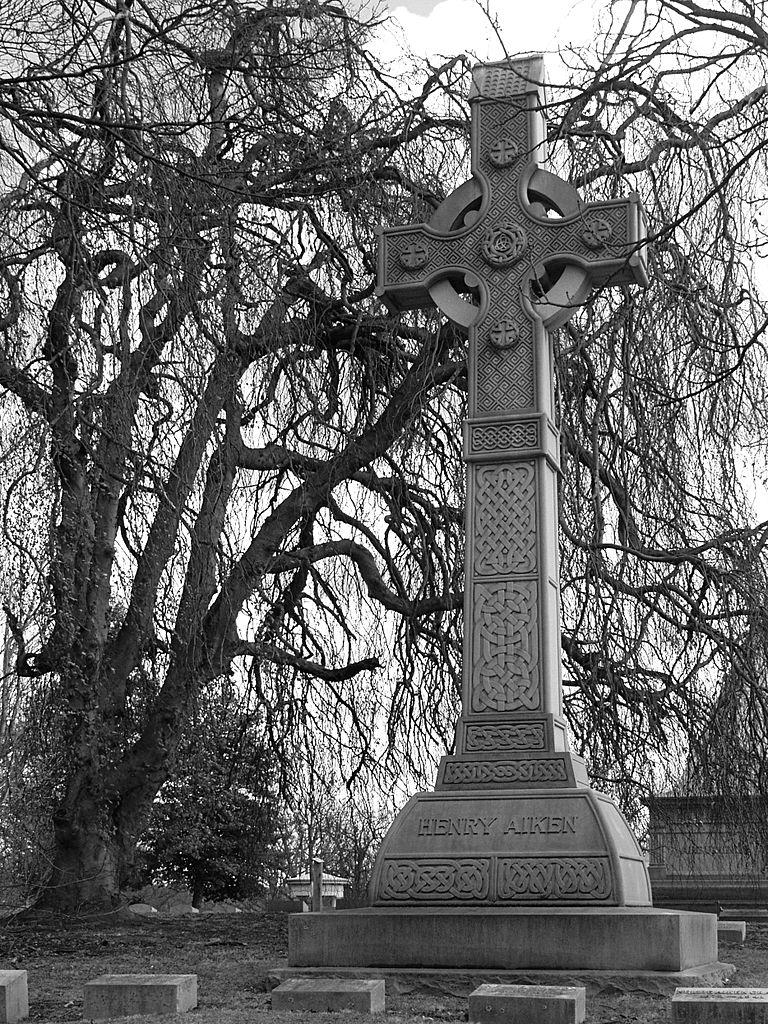


One is tempted to describe this peculiar construction as “Doric Romanesque.” The rusticated stone and ponderous style cry out for Romanesque details, but instead we get smooth Doric columns and a smooth arch that seems to belong to another structure altogether. In fact, Father Pitt, who seldom passes a negative judgment on anyone’s mausoleum, is compelled by sheer honesty to say that he does not regard this design as a success. It is a cacophony rather than a harmony of disparate ideas. The bronze doors, however, are splendid, and no one can take that away from them.



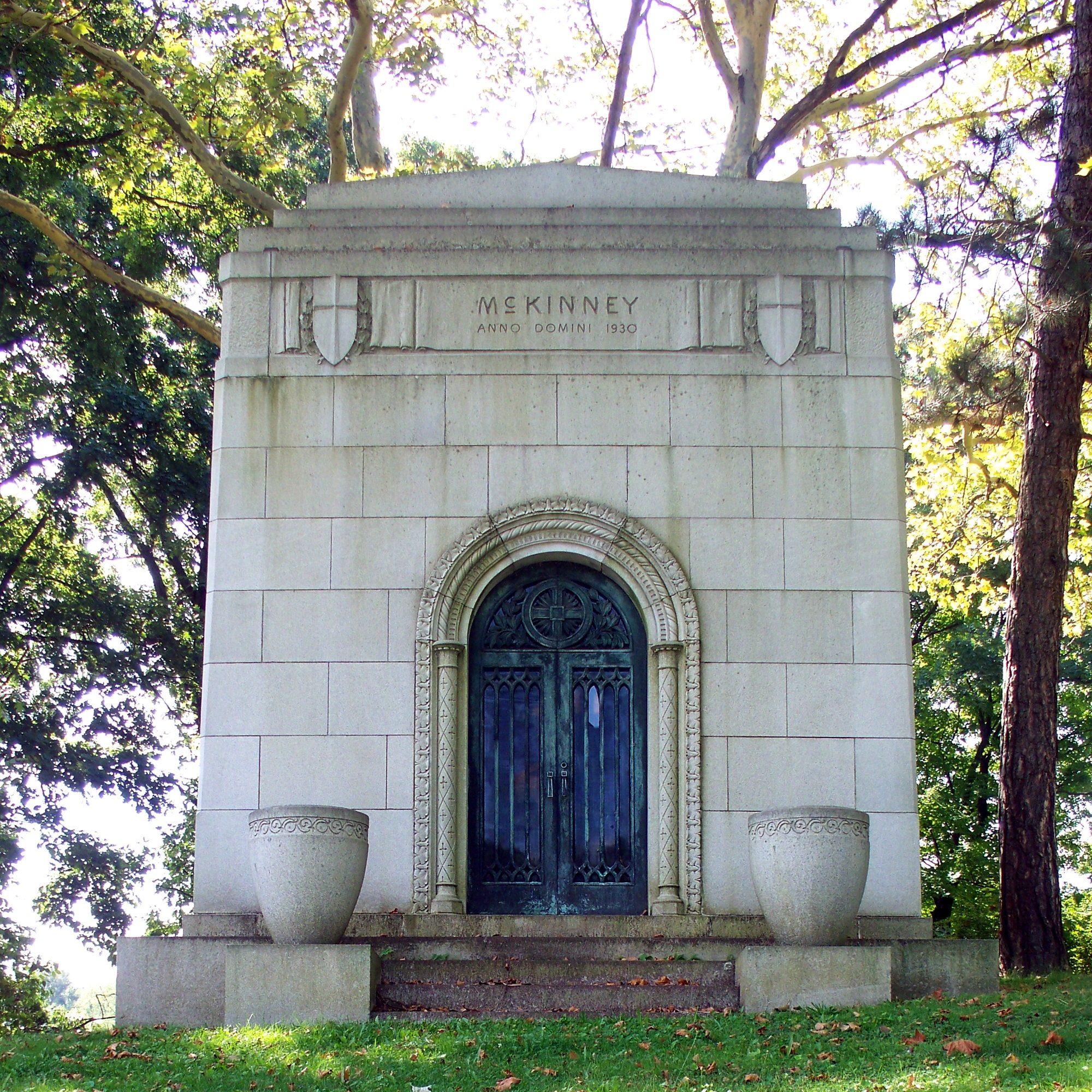
An unusual style Father Pitt might call “Deco Romanesque.” The shape and tasteful restraint of the design are more in line with the Renaissance style, but the arch is trimmed with Romanesque details.
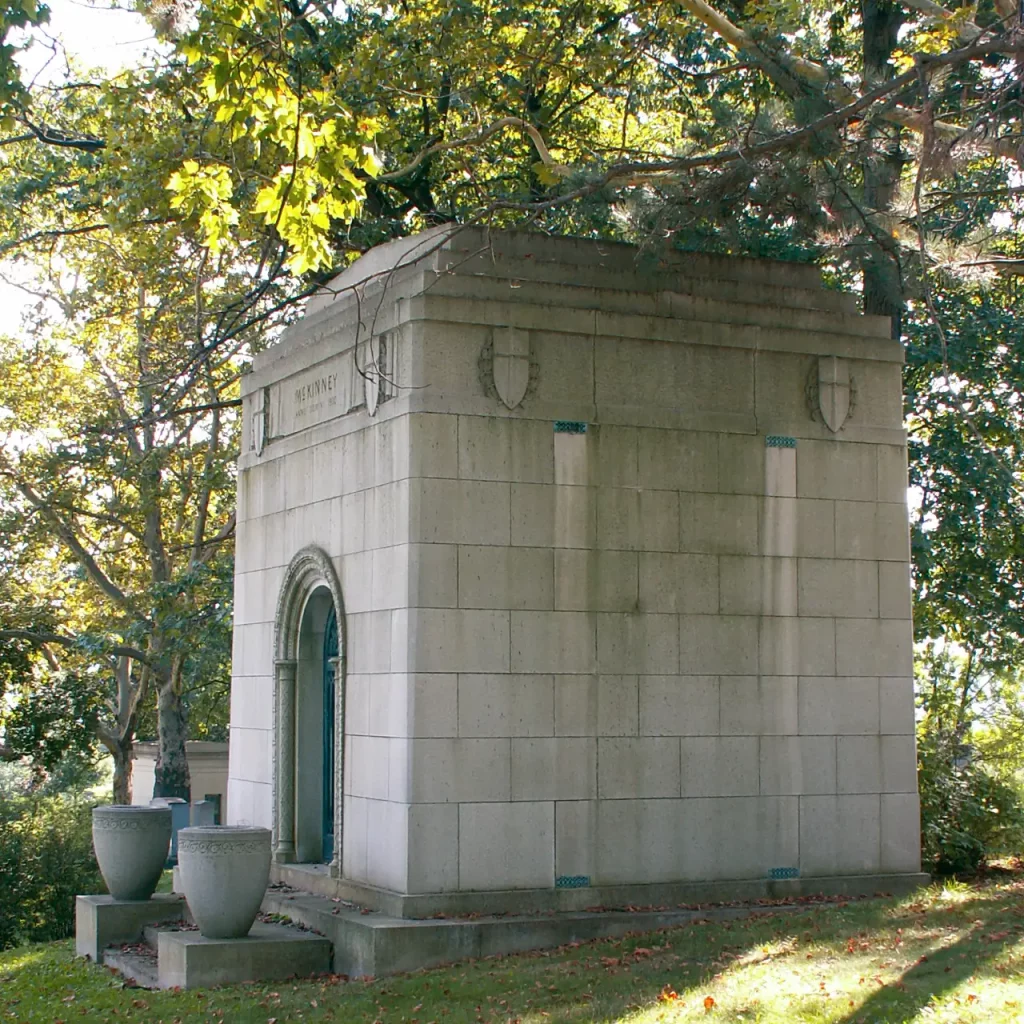


Michael Late Benedum, the oil baron, and his wife Sarah built this Renaissance palazzo in 1919 after their only son Claude died of the Spanish flu in 1918. Michael himself didn’t move in until 1959. There are three gorgeous stained-glass windows inside, of which only one can be easily photographed without gaining access to the interior.
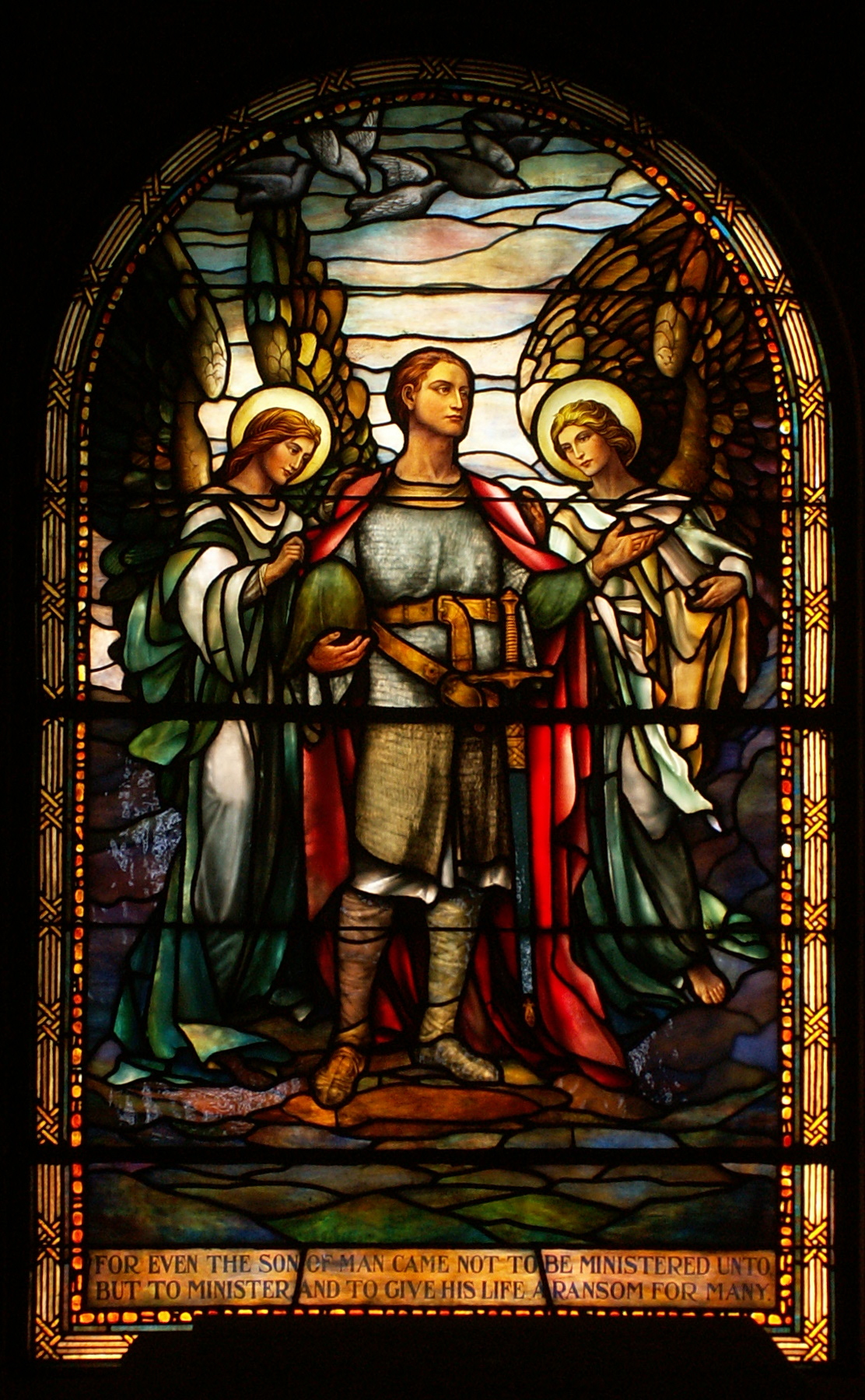

This mausoleum is the only one in the cemetery that is wired for electricity. For all Father Pitt knows, it may have Internet and cable as well. The power is needed to run a heating system that prevents condensation.
The pictures in this article have been donated to the public under the Creative Commons CC0 1.0 Universal Public Domain Dedication, so no permission is needed to use them for any purpose whatsoever.
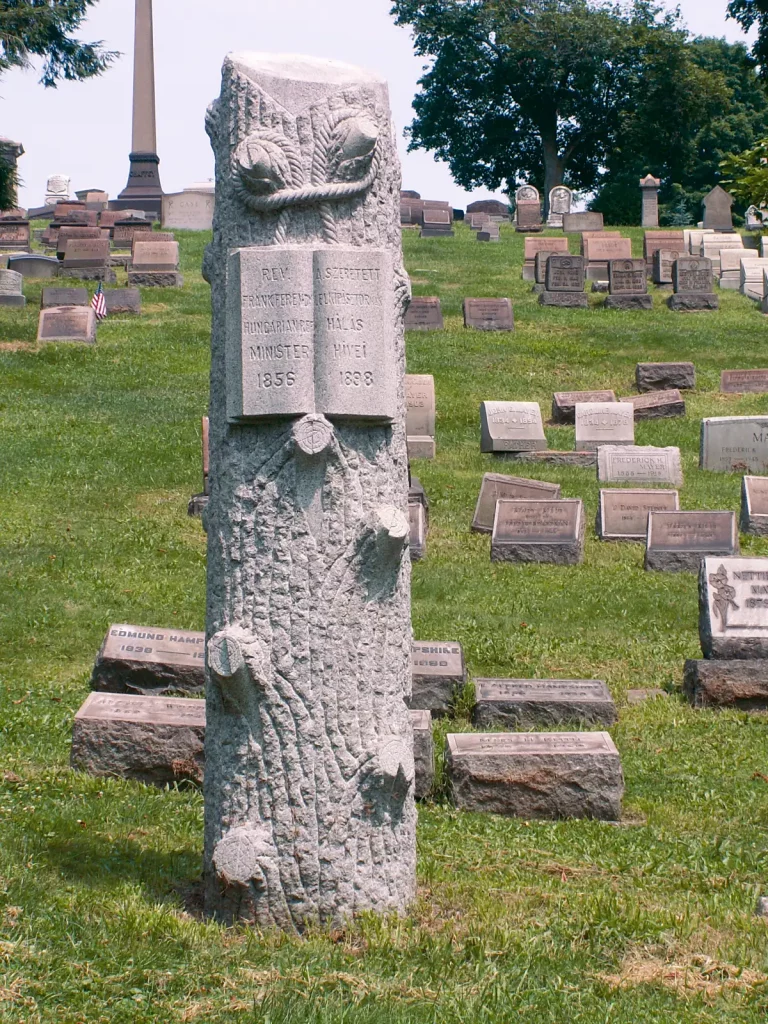
Another variation on the popular rustic stump, this one with an open book hanging from a rope for the inscription. The monument tells us that the Rev. Frank Ferenck was a Hungarian Reformed minister; and there is an epitaph in Hungarian, which is a language of which Father Pitt is almost entirely ignorant. Google Translate thinks it means “the beloved Pastor fish temples.”